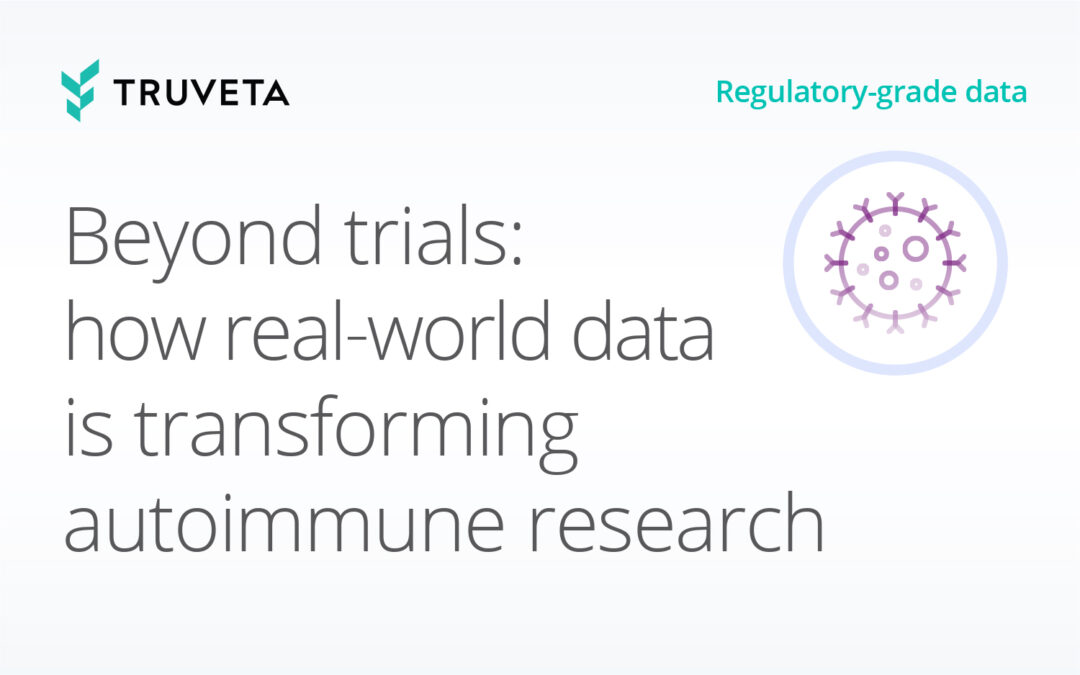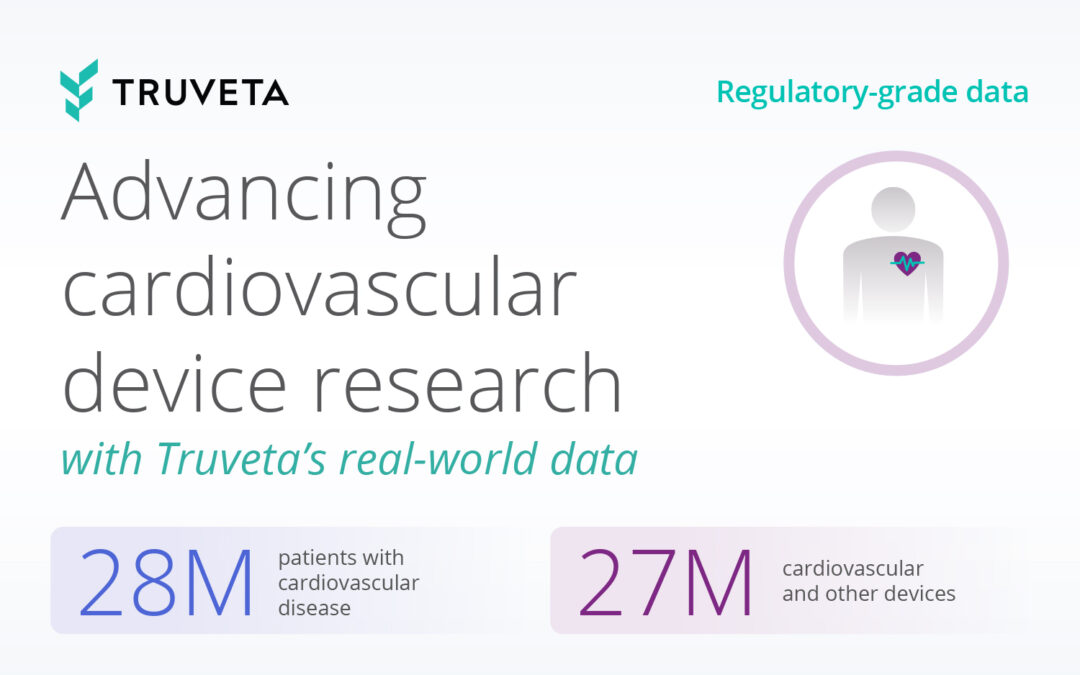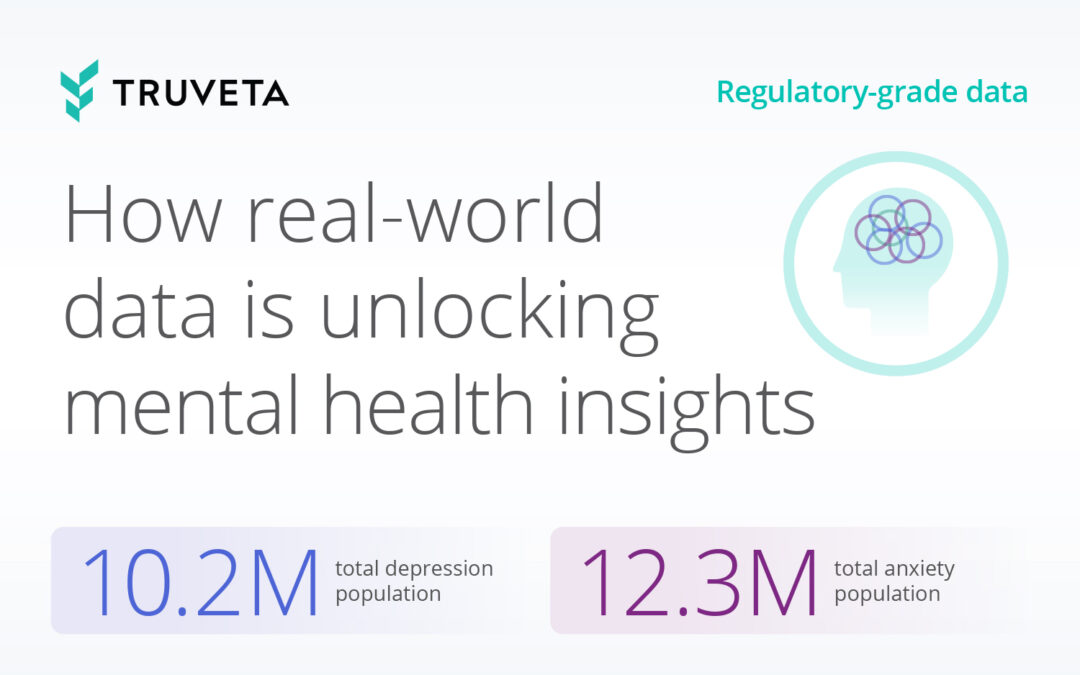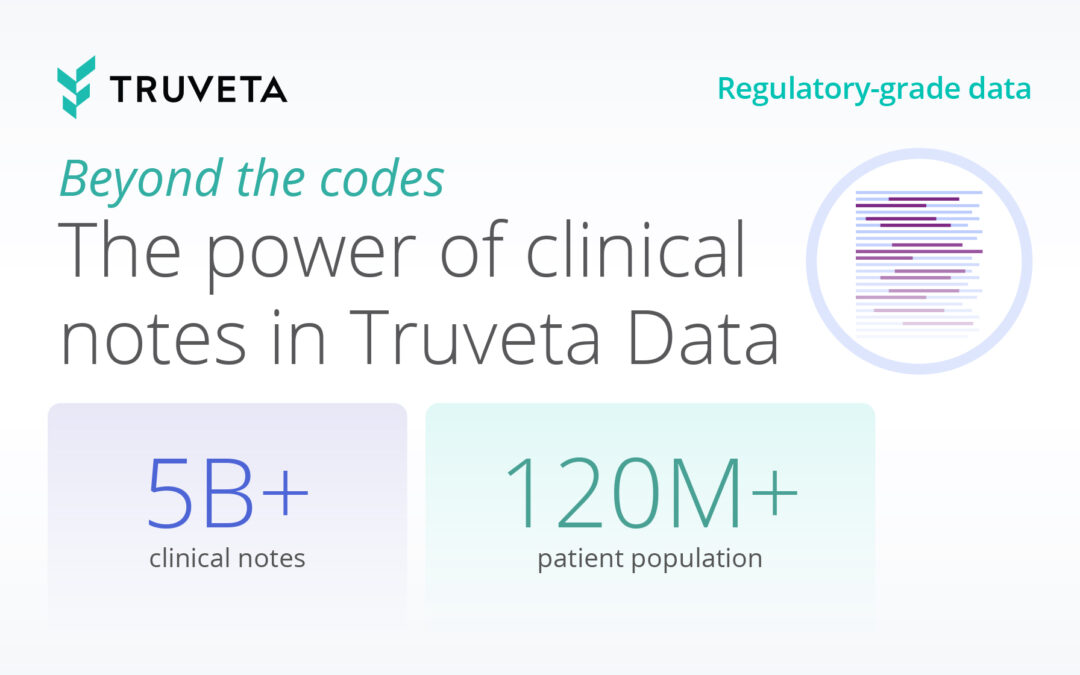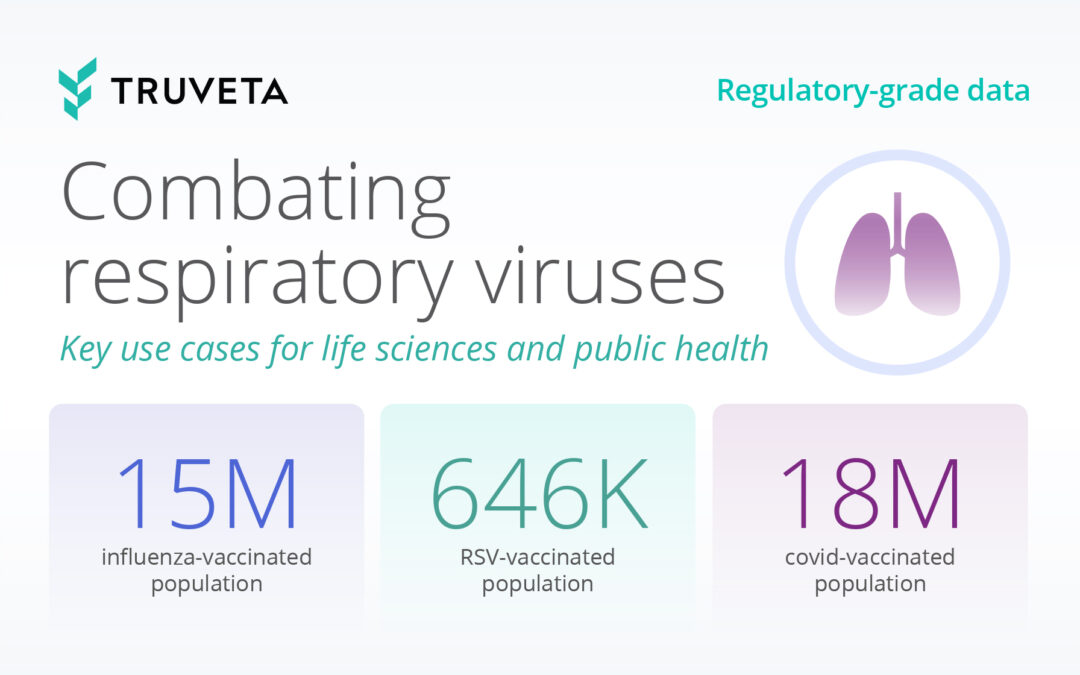Psoriasis is more than just a skin condition – it’s a chronic, systemic disease that affects over 8 million people in the United States, profoundly impacting their quality of life. As a complex, immune-mediated disease, psoriasis presents a variety of challenges to both researchers and clinicians. Psoriasis manifests in various forms and is associated with other serious health conditions such as psoriatic arthritis, cardiovascular disease, diabetes, and depression. Despite advances in both targeted therapies and systemic treatments, there remains much to learn about psoriasis’ underlying mechanisms, comorbidities, and best approaches to treatment.
Traditional research methods, relying on small cohorts or clinical trials, often fail to capture the full spectrum of the disease, particularly in diverse populations. These studies also typically lack the longitudinal data necessary to understand disease progression and long-term treatment outcomes.
Now with Truveta, researchers can access the most complete, timely, and clean EHR data from more than 100 million patients across a growing collective of US health systems. This regulatory-grade, nationally representative data includes full patient medical records, notes, and images, and is linked with claims, SDOH, and mortality data. For psoriasis, this means access to critical information such as Psoriasis Area and Severity Index (PASI) scores, treatment histories, and comorbid conditions.
With this comprehensive, longitudinal view of the patient journey, researchers can leverage real-world data to support therapy development and care quality improvements. Discover the depth of Truveta Data available on psoriasis below or explore the population directly in Truveta Studio.

The power of EHR data in psoriasis research
With Truveta Data, researchers can explore daily-updated data from a representative population of nearly 750,000 psoriasis patients. Flowing directly from healthcare systems across the country, these data include lab values, symptoms, side effects, and clinical outcomes as a part of the complete medical record.
The ability to study such robust EHR data opens many potential use cases for psoriasis research:
- Understanding psoriasis subtypes: With access to large-scale data, researchers can more accurately identify and study the various subtypes of psoriasis. This could lead to more personalized treatment strategies, tailored to the specific needs of each patient subgroup.
- Assessing treatment efficacy and safety: Real-world data allows for the evaluation of how different treatments perform outside the controlled environment of clinical trials. Researchers can analyze the effectiveness and safety of biologics, systemic therapies, and other treatments in a broad patient population, leading to more informed clinical decisions.
- Exploring comorbidities and risk factors: Truveta enables researchers to study the links between psoriasis and its comorbidities, which is key to developing care strategies that address the full range of patient needs. Top comorbidities for the Truveta psoriasis population include:
- 53% with comorbidity of hypertension
- 17% with comorbidity of depression
- 54% with comorbidity of obesity
- 22% with comorbidity of type 2 diabetes
- Studying disease progression and outcomes: With an average of 5+ years of patient history, it’s also possible to track how psoriasis progresses over time, identifying factors that influence remission and relapse. These insights are vital for supporting long-term outcomes and quality of life for patients.
Discover novel insights within clinical notes at scale
Critical information about a psoriasis patient’s health has historically been hidden in unstructured notes. The Truveta Language Model extracts data from notes at scale, allowing researchers to systematically analyze complex concepts including disease severity, frequency of flare-ups, body surface area (BSA), Dermatology Life Quality Index (DLQI), and family history.
Truveta’s psoriasis patient population includes over 4.3 million relevant notes.
The sample note below demonstrates examples of highly relevant patient information that can be extracted, structured, and made available for research.

Study mother-child pairs with the largest EHR dataset
The mother-child relationship provides a unique lens for studying psoriasis, offering insights to deepen the understanding of the disease’s genetic, environmental, and epigenetic factors. Now available in Truveta Data, Truveta offers the largest mother-child EHR dataset. By analyzing mother-child data, researchers can better understand the impact of systemic medications taken by expectant mothers on neonatal outcomes or investigate heredity aspects of psoriasis.
The current Truveta psoriasis population includes:
- Patients with a recorded pregnancy: 48,000
- Female patients diagnosed with psoriasis and of child-bearing age (18-44): 268,000
Looking ahead
Comprehensive care for psoriasis is rapidly evolving, with new treatments becoming increasingly effective and easier to integrate into daily life. However, much work remains to alleviate the profound physical and emotional burdens that accompany this chronic condition. With access to the most complete, timely, and clean EHR data, Truveta offers researchers the tools they need to unlock new insights, improve treatments, and ultimately enhance the lives of those living with psoriasis.

